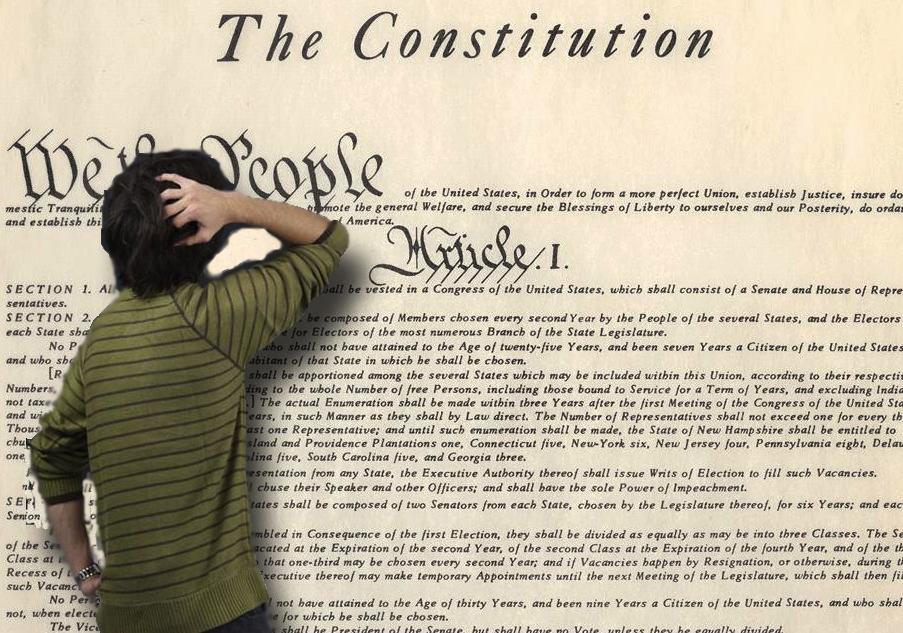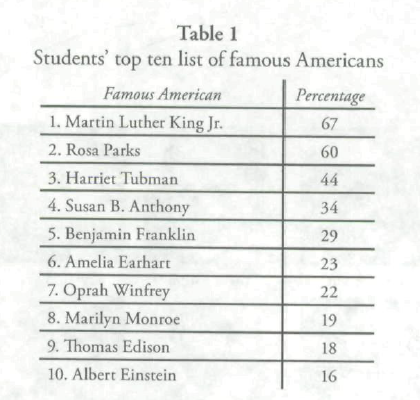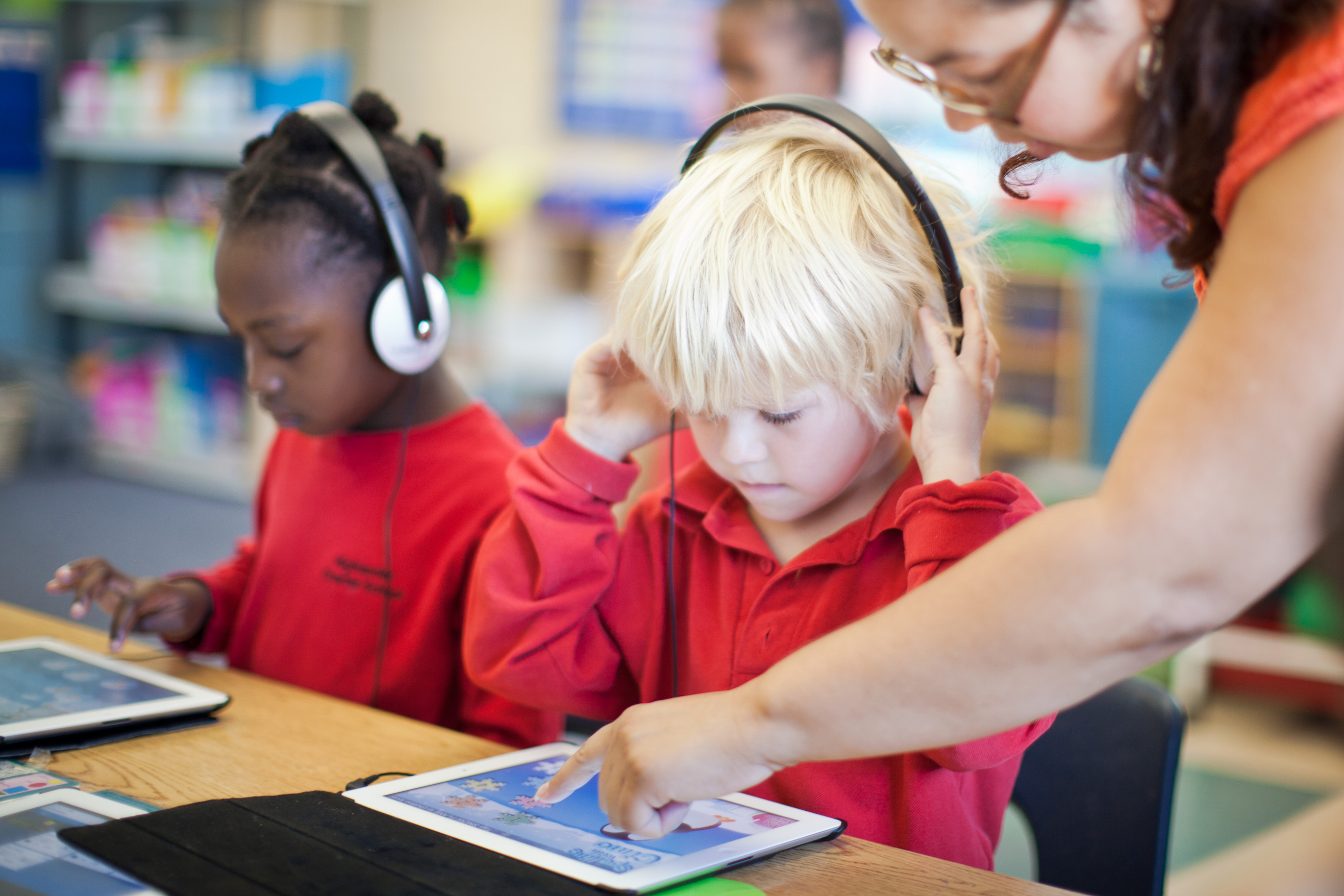Initially, when reflecting on the reading, the word echo chamber came to mind in regard to the United States. The analysis and variation presented in the two geographically different disciplines confirmed the filtration along with the politically charged nature of history in America. Although as a student I enjoyed learning history through narratives, as the article describes, I understand how that may act as a hindrance to student learning. Accompanied by the strong tie to nationalism, history in the United States doesn’t seem to have nearly as much value as the discipline executed in Northern Ireland.
The statistics and information presented do not seem complementary to history education in the United States. However, taking into consideration the environment in which each discipline is taught, it is essentially logical. Similarly to teaching content to students in the classroom, the experience must be relative and take into consideration the context or environment it is being presented in. With that being said, it is evident that history education in both countries is a result of political bias and influence. Without outside influence from the government/politics, I think history in both demographics would benefit in presenting history without such influence.
While many teachers are not going to be able to be in complete control of deciding curriculum, this article presents knowledge affirming the need for students in America to dive deeper into history. It’s discouraging to know as a student I was not given equal opportunity to learn about historical “mile markers” such as the Egyptians or Mesolithic peoples. Although I was able to obtain other knowledge to supplement my classroom learning, I wish I could have received historical teaching similarly to what is being done in Northern Ireland. However, the United States would find it difficult to diminish the connection between history and national identity.

Photo of Egyptian art, a society/history I was not exposed to until later in my educational career.









